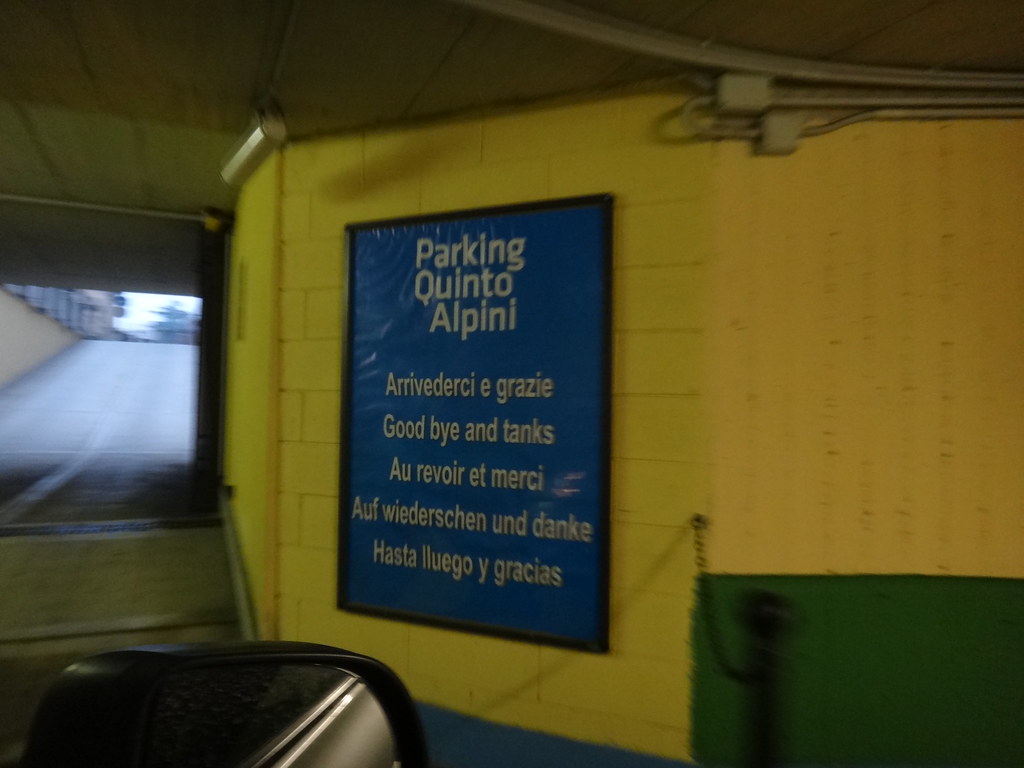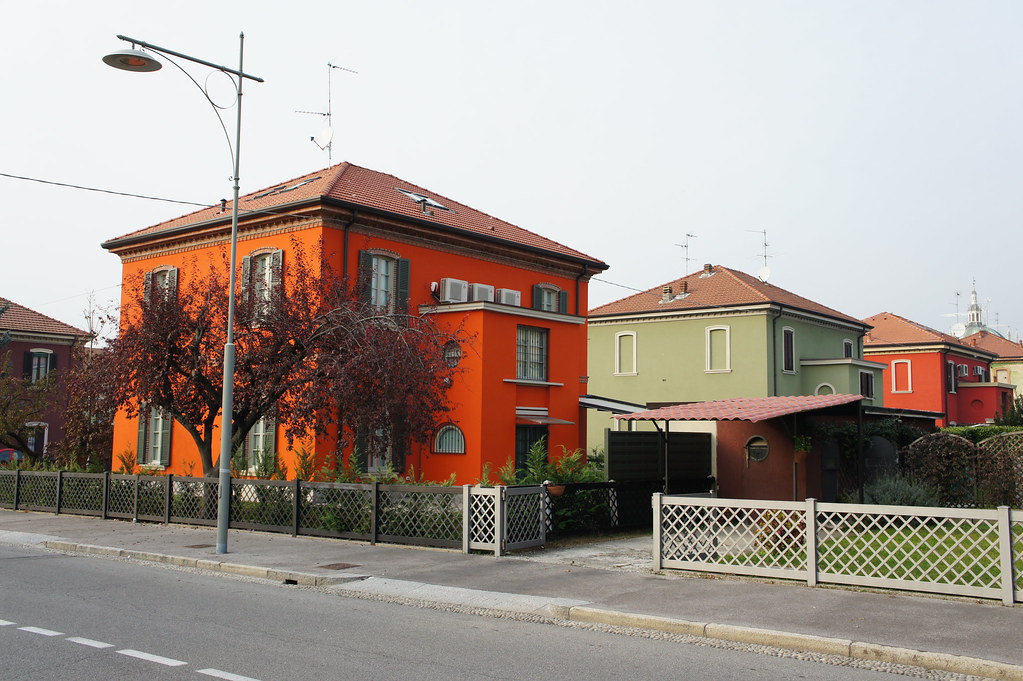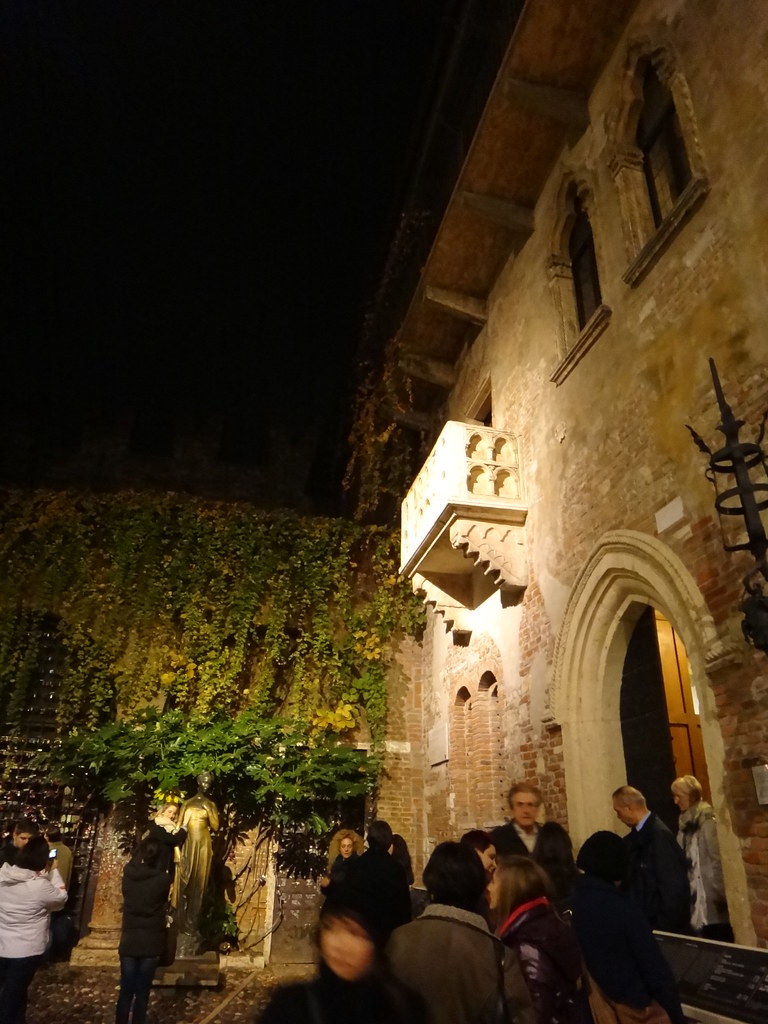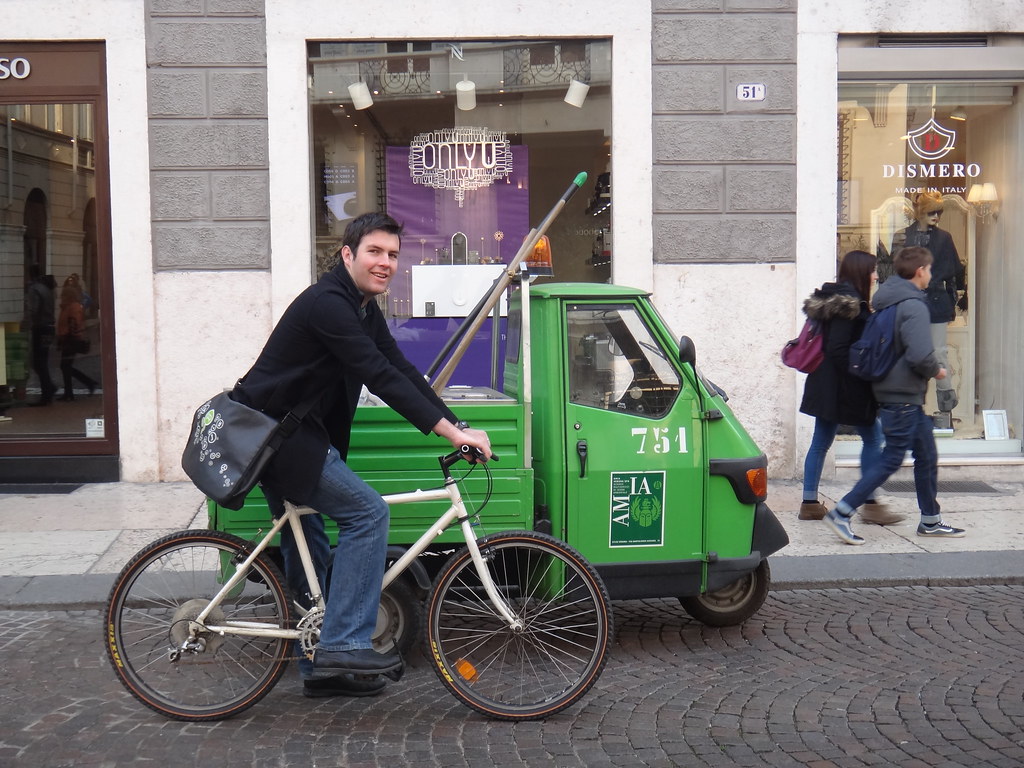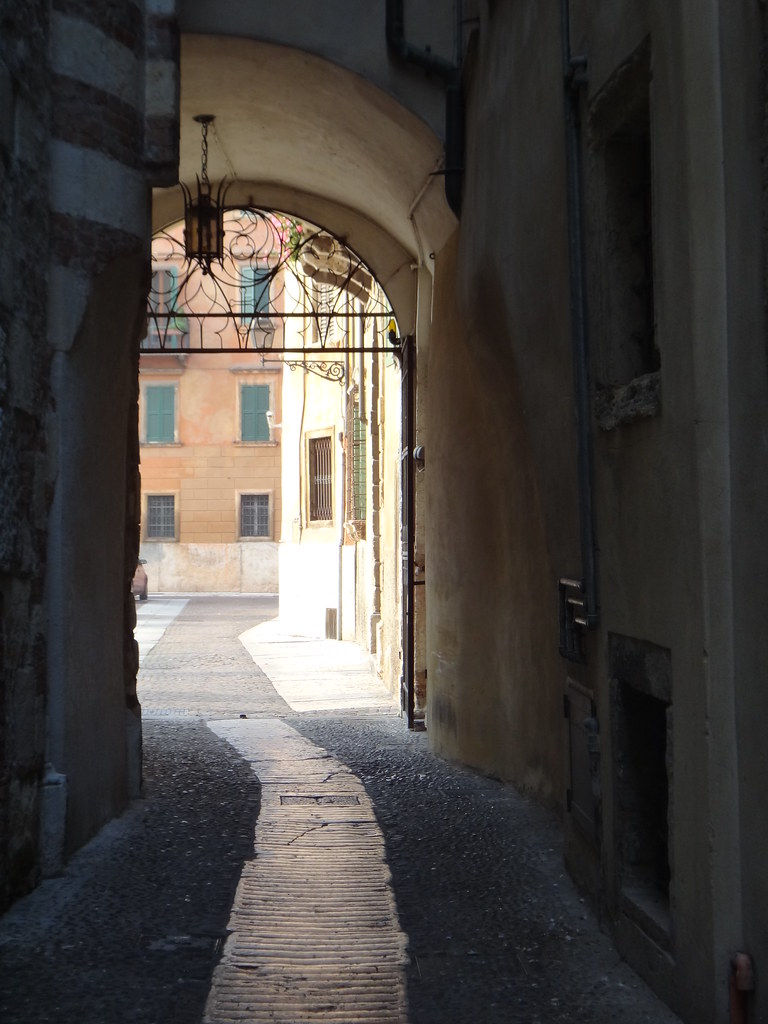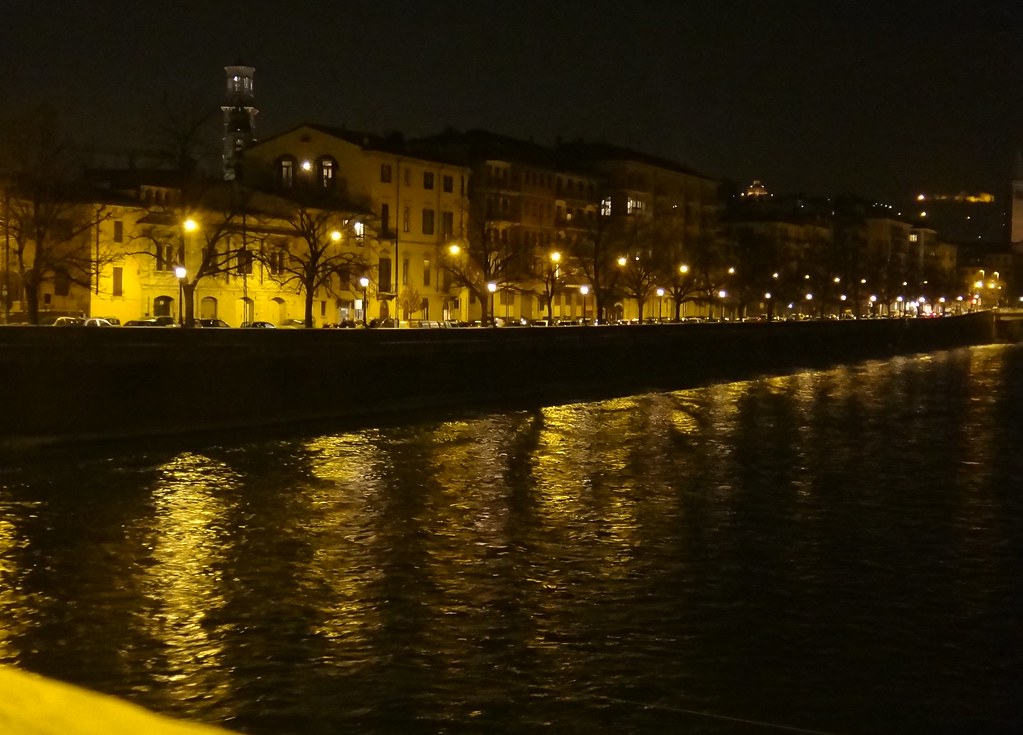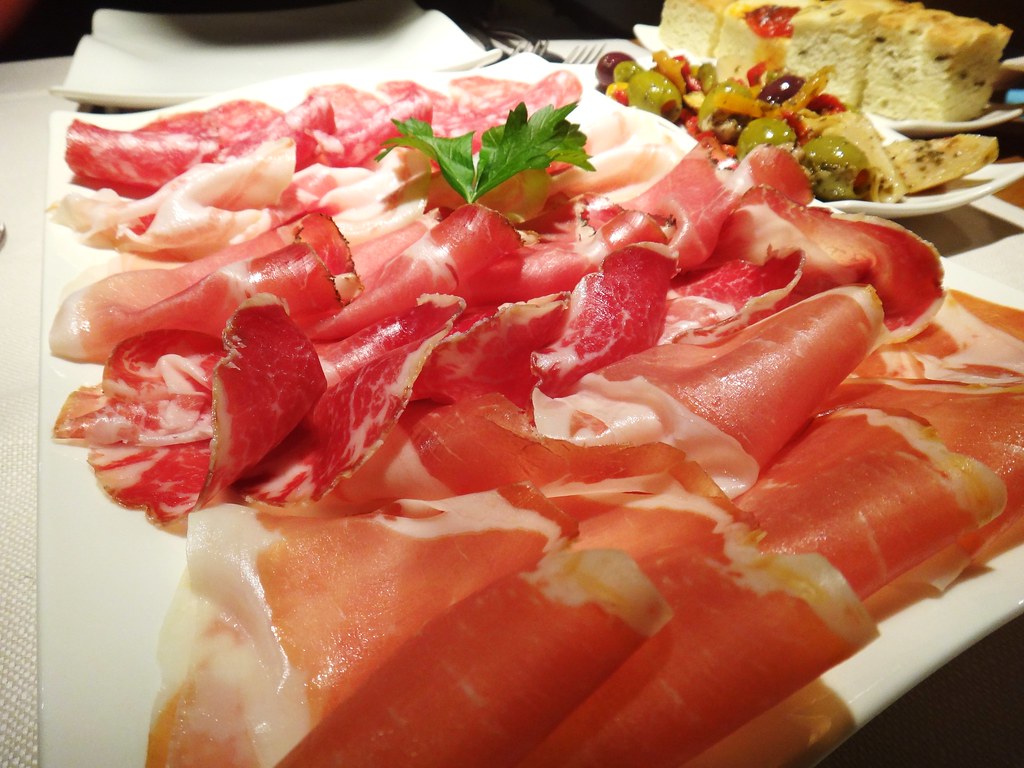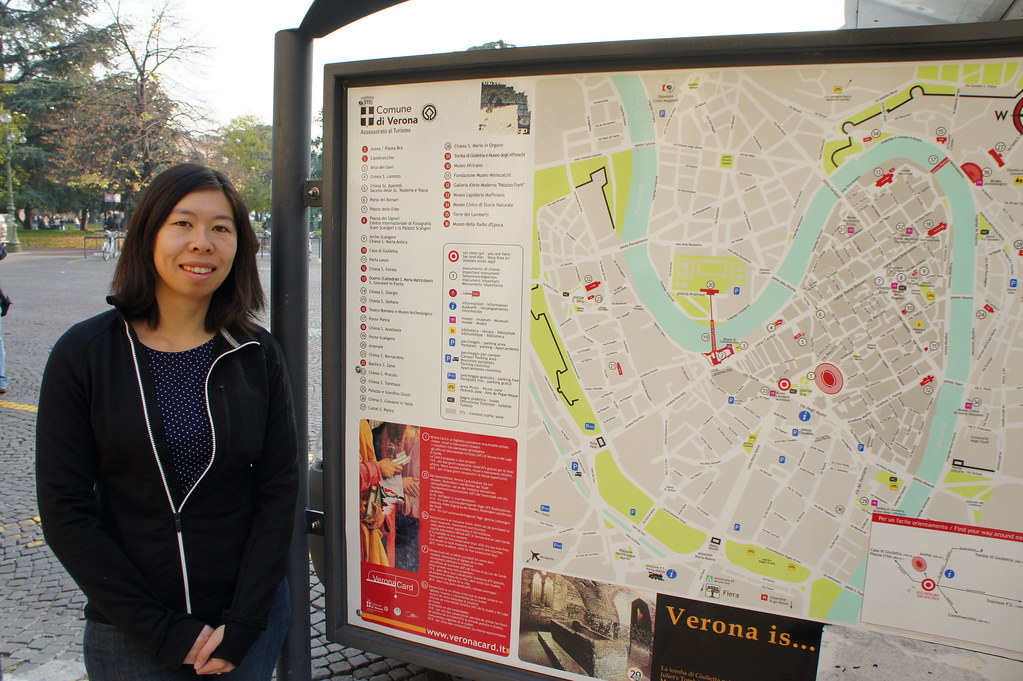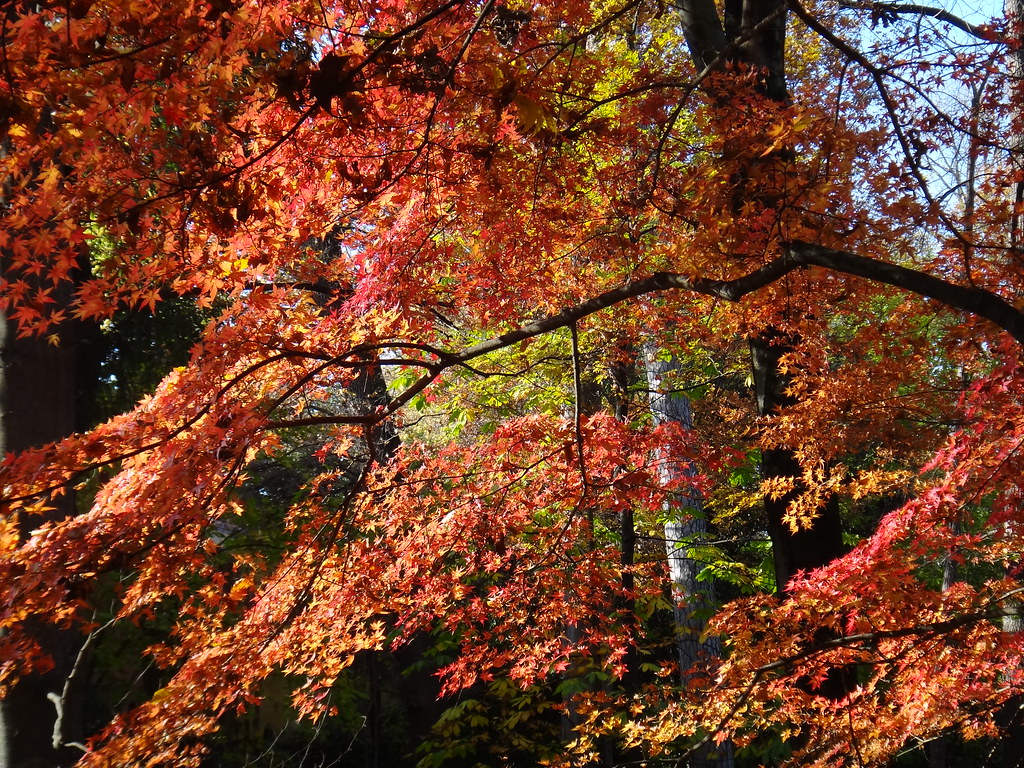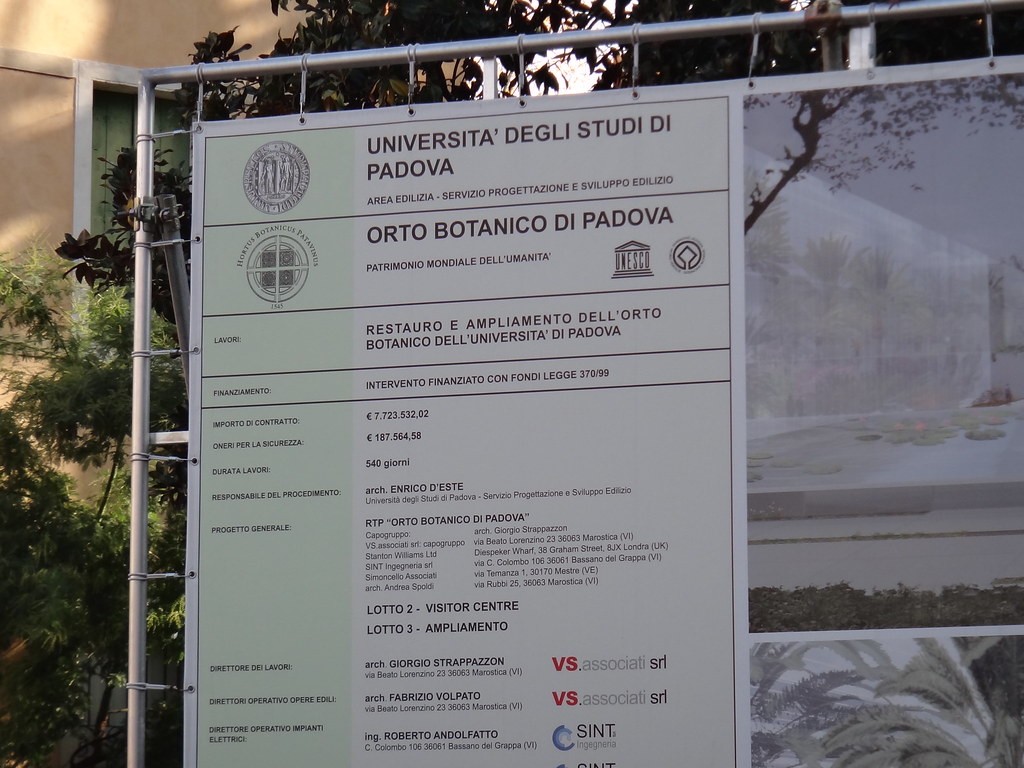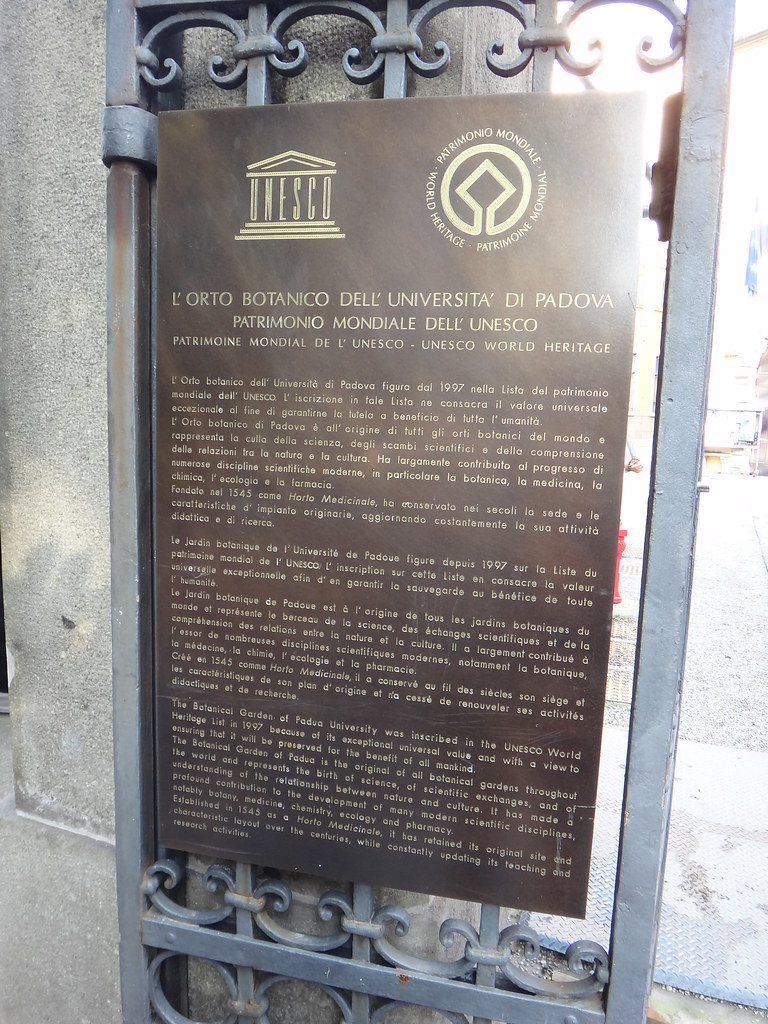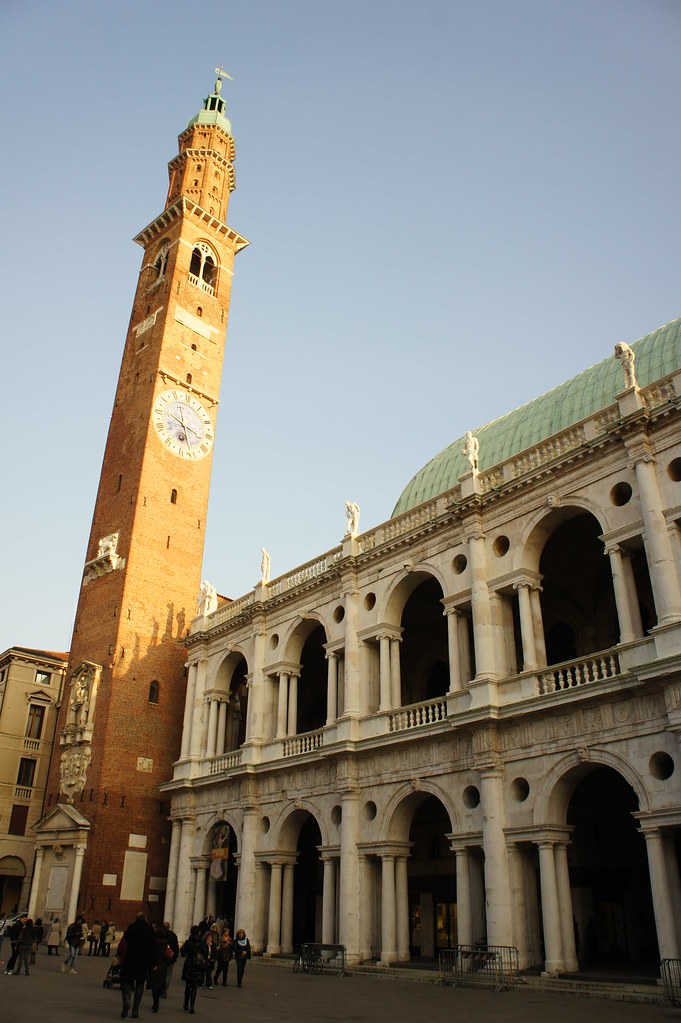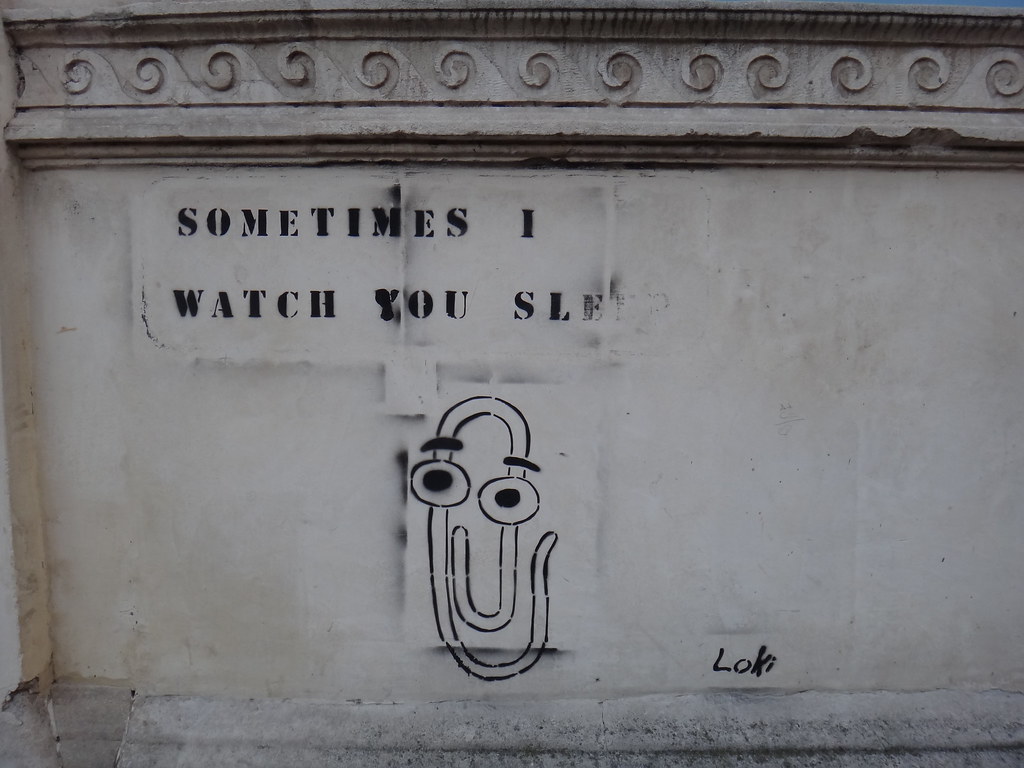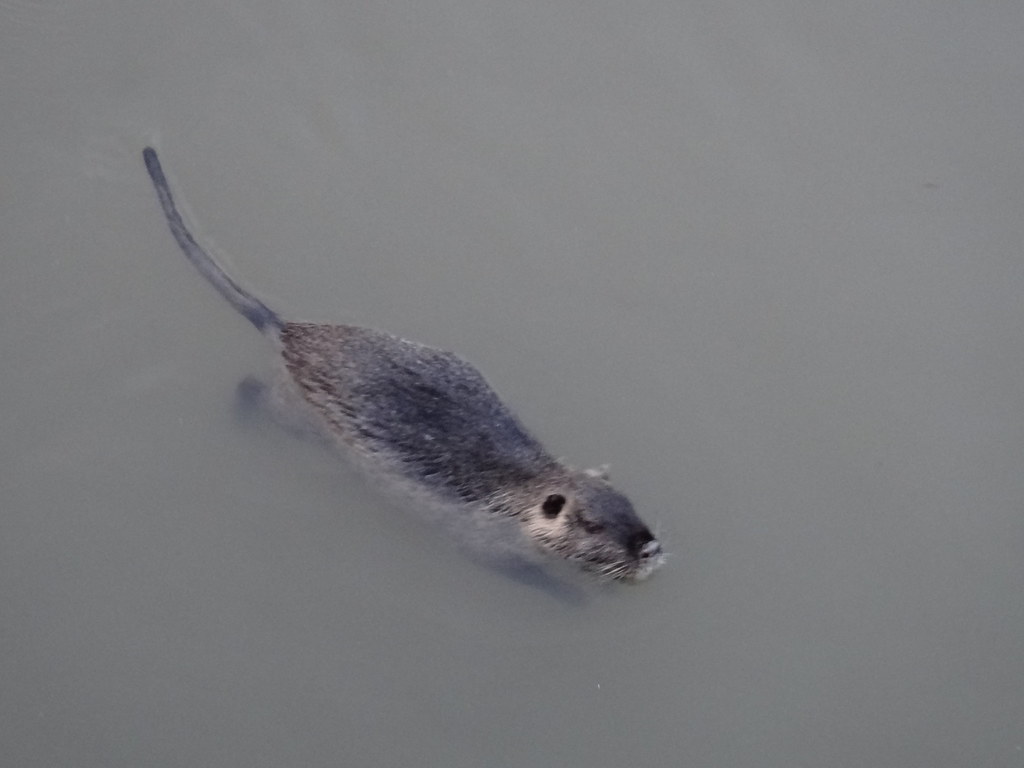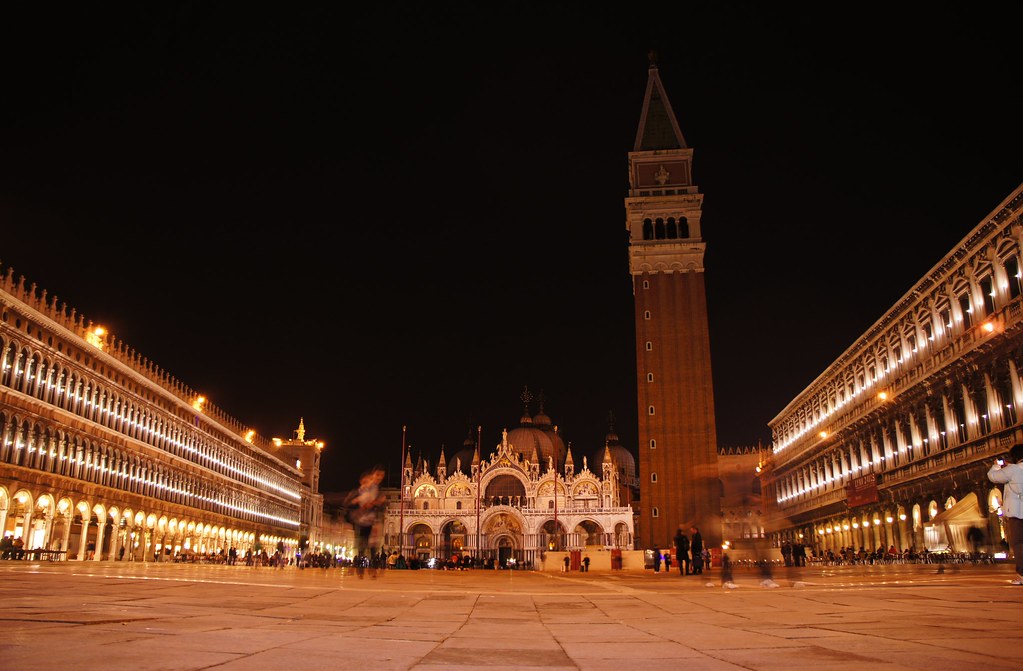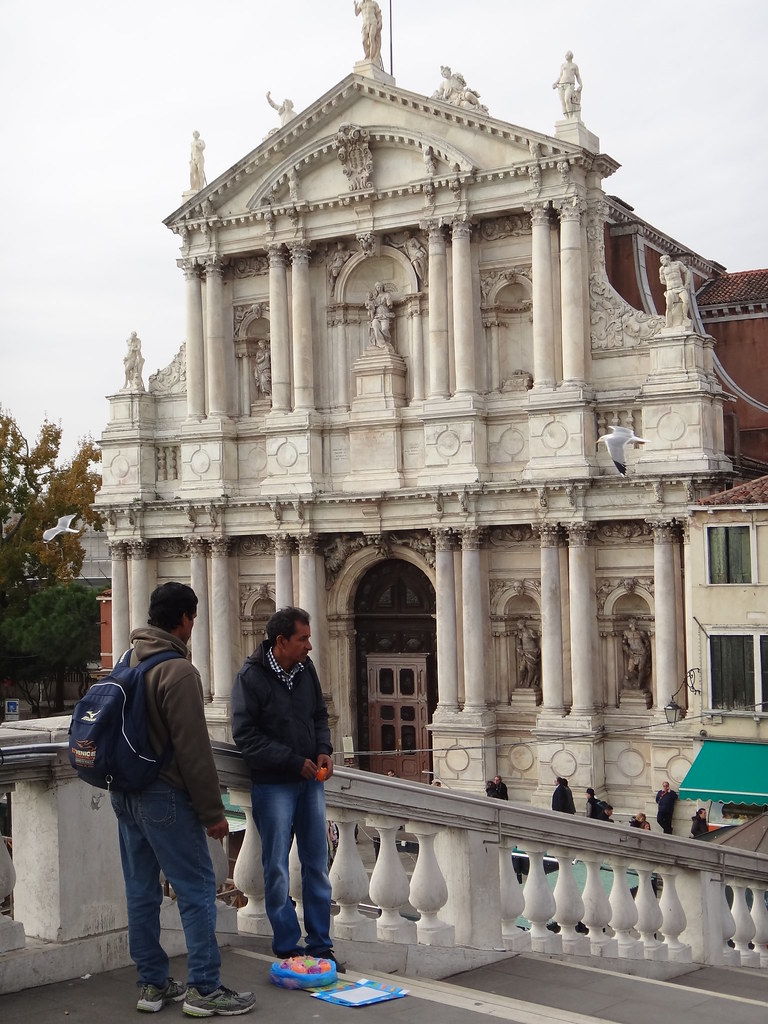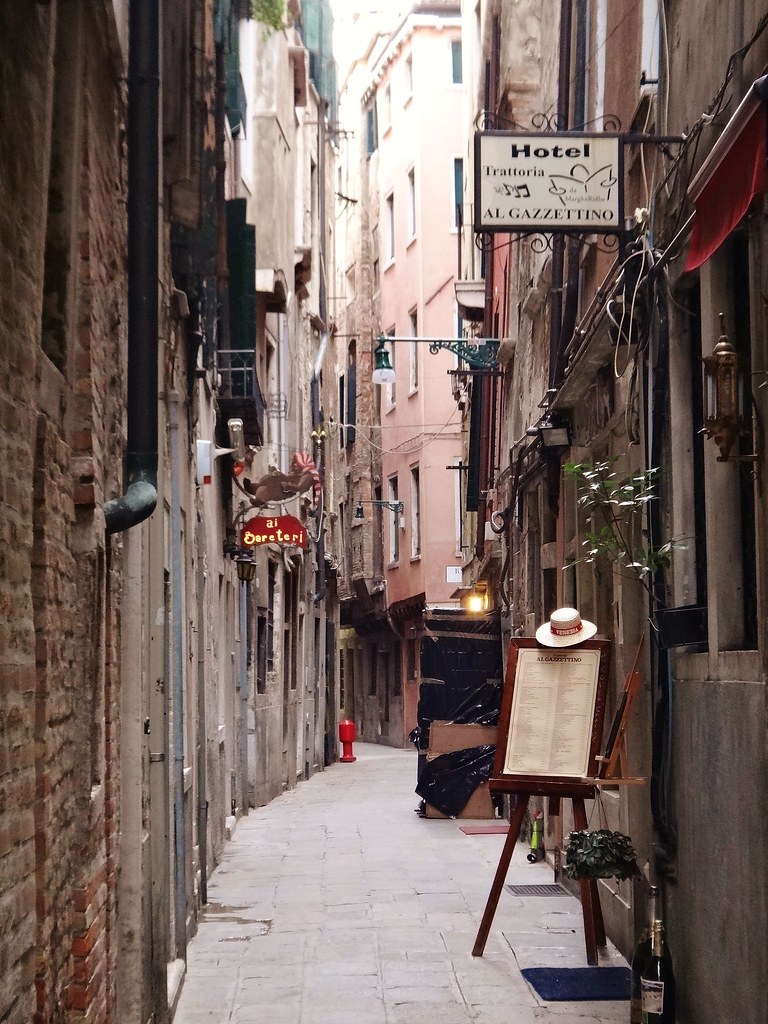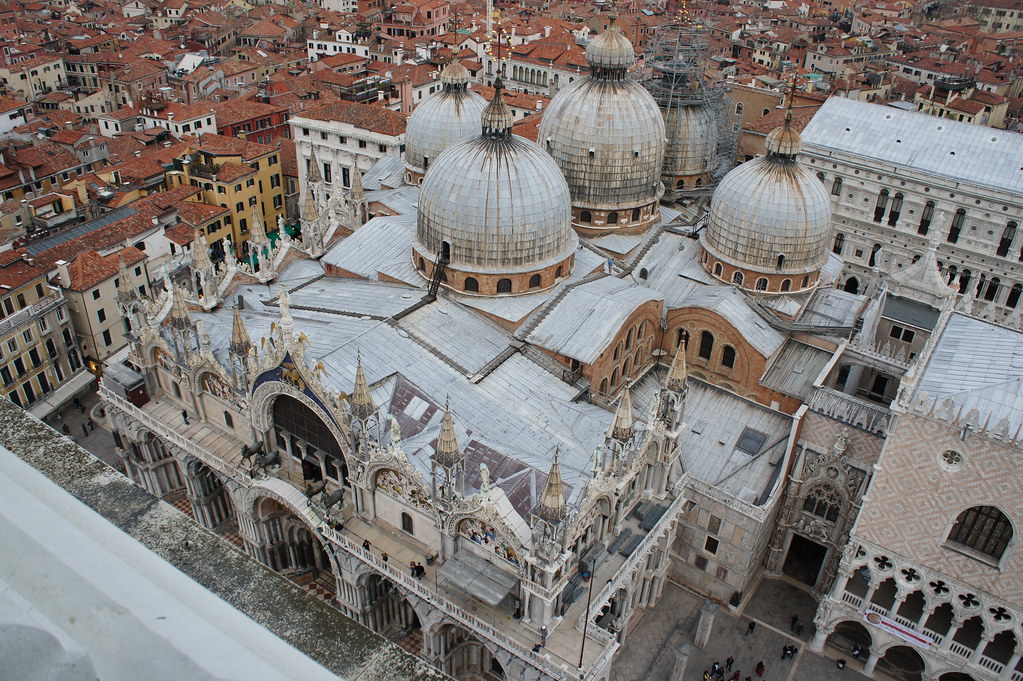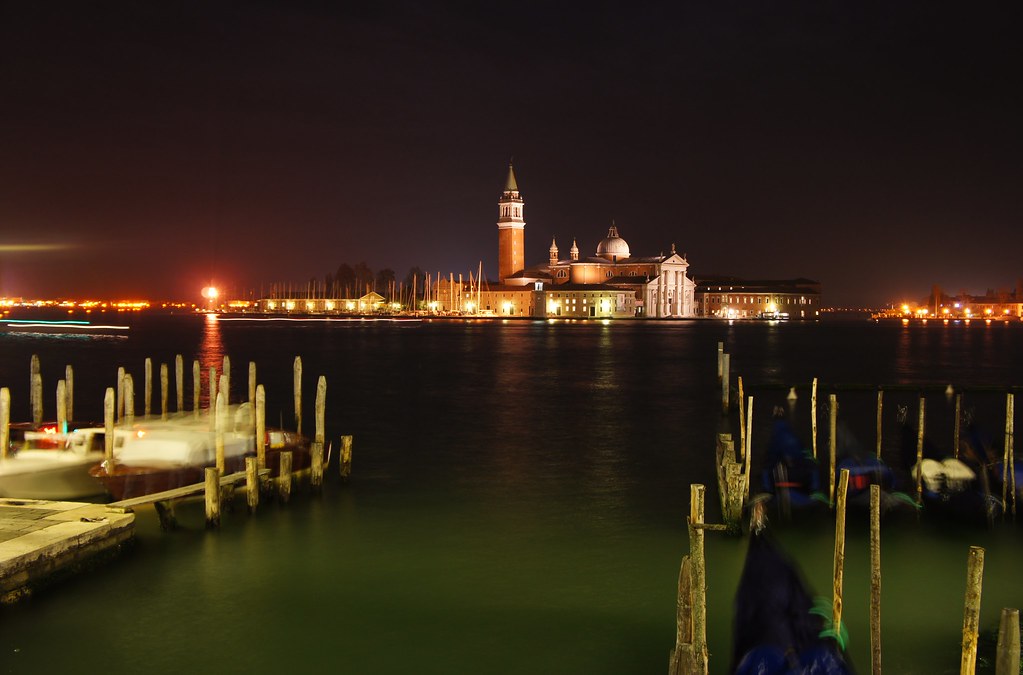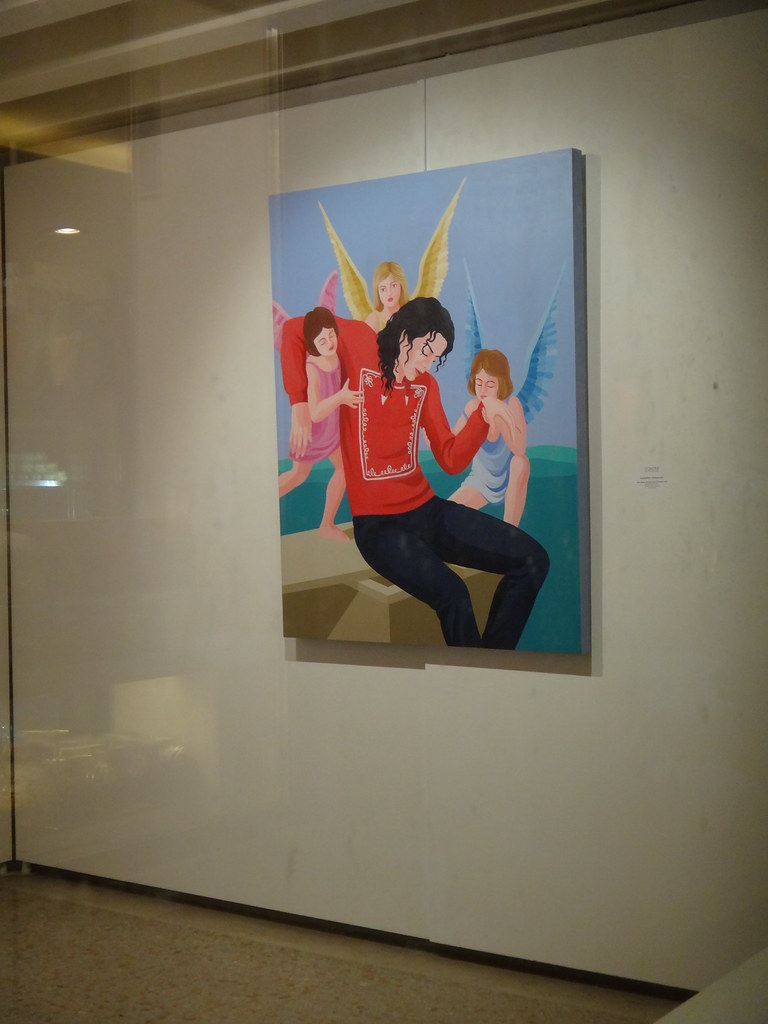The refectory of the Convent of Santa Maria delle Grazie forms an integral part of this architectural complex, begun in Milan in 1463 and reworked at the end of the 15th century by Bramante. On the north wall is The Last Supper, the unrivalled masterpiece painted between 1495 and 1497 by Leonardo da Vinci, whose work was to herald a new era in the history of art - http://whc.unesco.org/en/list/93Milan may be the fashion capital of Italy, but seeing as my interest in fashion is probably inversely proportionate to my love of food, we didn't plan to spend much time here. To be honest, we decided to end our Italian trip here mainly because its airport provided cheap flights to Edinburgh, our next destination. Of course, the fact that it had a UNESCO site was also a drawcard.
Unfortunately, when we turned up at the church where The Last Supper is housed, the church of Santa Maria delle Grazie, we found out that we should've booked months in advance in order to even lay eyes on the famous painting. Oops. Oh well. We got our photo with the UNESCO logo so it still counts! And the church still looked cool from the outside.
As a bonus, we ended up going to a Leonardo da Vinci exhibition next door, where pages from some of his original notebooks were displayed.
The only other thing of note in Milan? A vaguely amusing sign in a car park. Goodbye and tanks indeed, Italy!
[Flickr set here]

